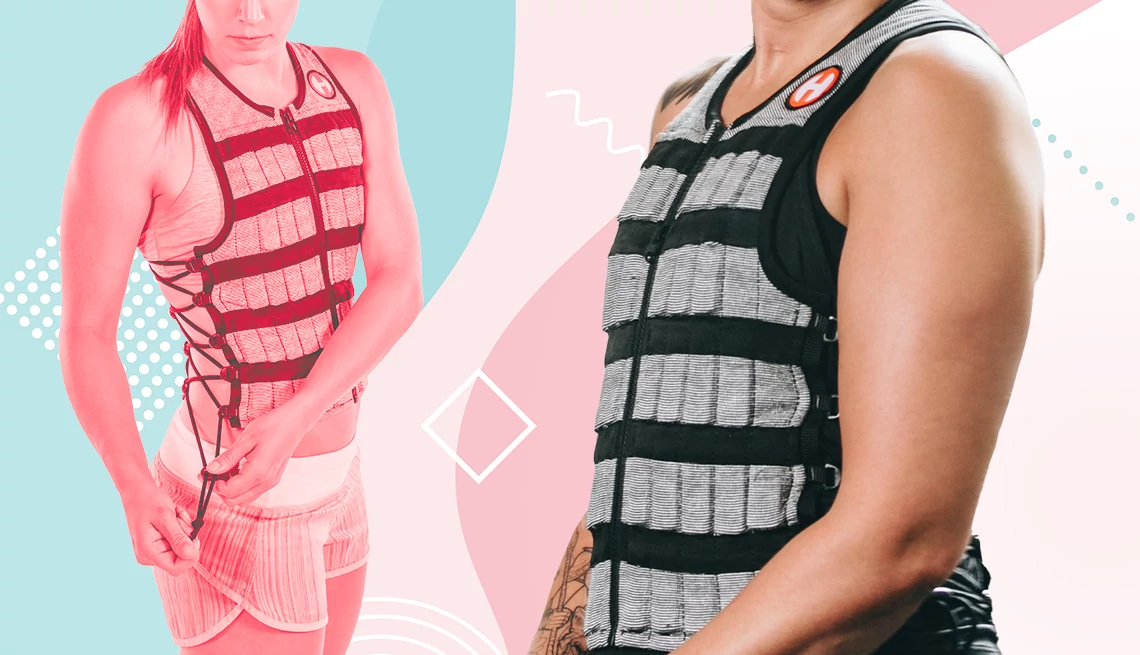AARP Hearing Center


Fall can be a lovely time to hit the refresh button – and that can include your exercise routine. One way to spice up your workout: weighted vests.
If you haven’t seen one, weighted vests are garments with weights built in. They were originally worn for military and law enforcement training, but now it’s commonplace to see people sporting them at the gym or even wearing them for a walk through the park.
“It’s very trendy,” iconic fitness instructor Denise Austin, 67, says of weighted vest use. “I walk on the beach and I see tons of ladies using them now … I think it’s gonna grow and grow and people are gonna realize why not turn your walk into a better workout for yourself?”
Here’s everything you need to know about weighted vests, including who should and should not use them. And as with any new exercise older adults are interested in trying, it’s important to talk to a doctor first to make sure it’s a good fit, recommends the National Institute on Aging (NIA).
What are the benefits of a weighted vest for 50+ adults?
Bone health. Weighted vest use has the potential to minimize bone mass loss while losing weight; that’s key to reducing the risk of fracture in older adults, says Kristen Beavers, Ph.D., MPH, RD, a researcher with Wake Forest University who received a grant from the NIA to study if weighted vests help older adults maintain bone density while losing weight. She’s still analyzing the results of a larger study on the topic, but the related pilot study shows that people who shed pounds while using a weighted vest for about six hours a day had less bone loss at the hip compared to people who lost weight without one.
Muscle power. Roger Fielding, Ph.D., an expert in exercise physiology at Tufts University, who has studied the issue, says weighted vests are “a very effective way” of maintaining and building muscle strength in older people. They offer the same benefits as lifting weights, says Fielding, but a lot of people might find them more accessible.
Posture perfection. Starting to feel a little extra slouchy as you age? Austin says weighted vests can help with posture problems in older adults by opening up their chests and forcing them to think about how they’re standing.
“It is a wonderful vehicle to promote better posture,” she says. “And as we age, that’s something we all need to work on.”
Accessibility. A big highlight of the weighted vest, according to Beavers, is that it gives older adults access to exercise equipment that can easily be used at home.
“Getting people to exercise is hard,” Beavers says. “So if this makes it a little easier, I do think there are some real advantages from an access standpoint.… You can walk around your neighborhood and sneak resistance training in, which I do think is important for your muscles and your bones.”































.jpg?crop=true&anchor=13,195&q=80&color=ffffffff&u=lywnjt&w=2008&h=1154)
































More From AARP
3 Ways You Age Faster in Your 60s
New research highlights big changes in this milestone decade25 Great Ways to Get a Flatter Stomach
Tips on how to lose belly fat and get a tighter tummy5 Tests to See How Well You Are Aging
Find out your fitness level
Recommended for You